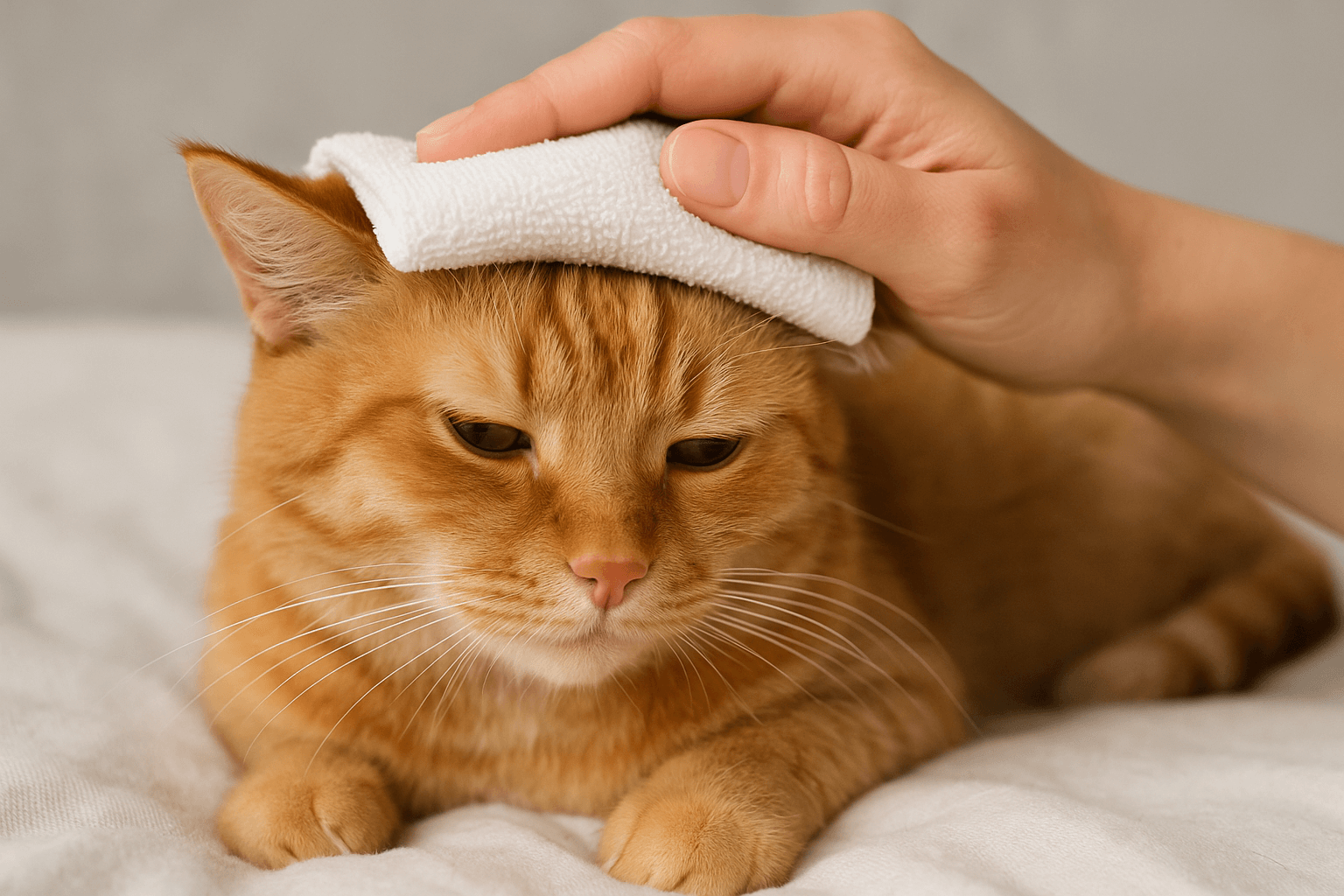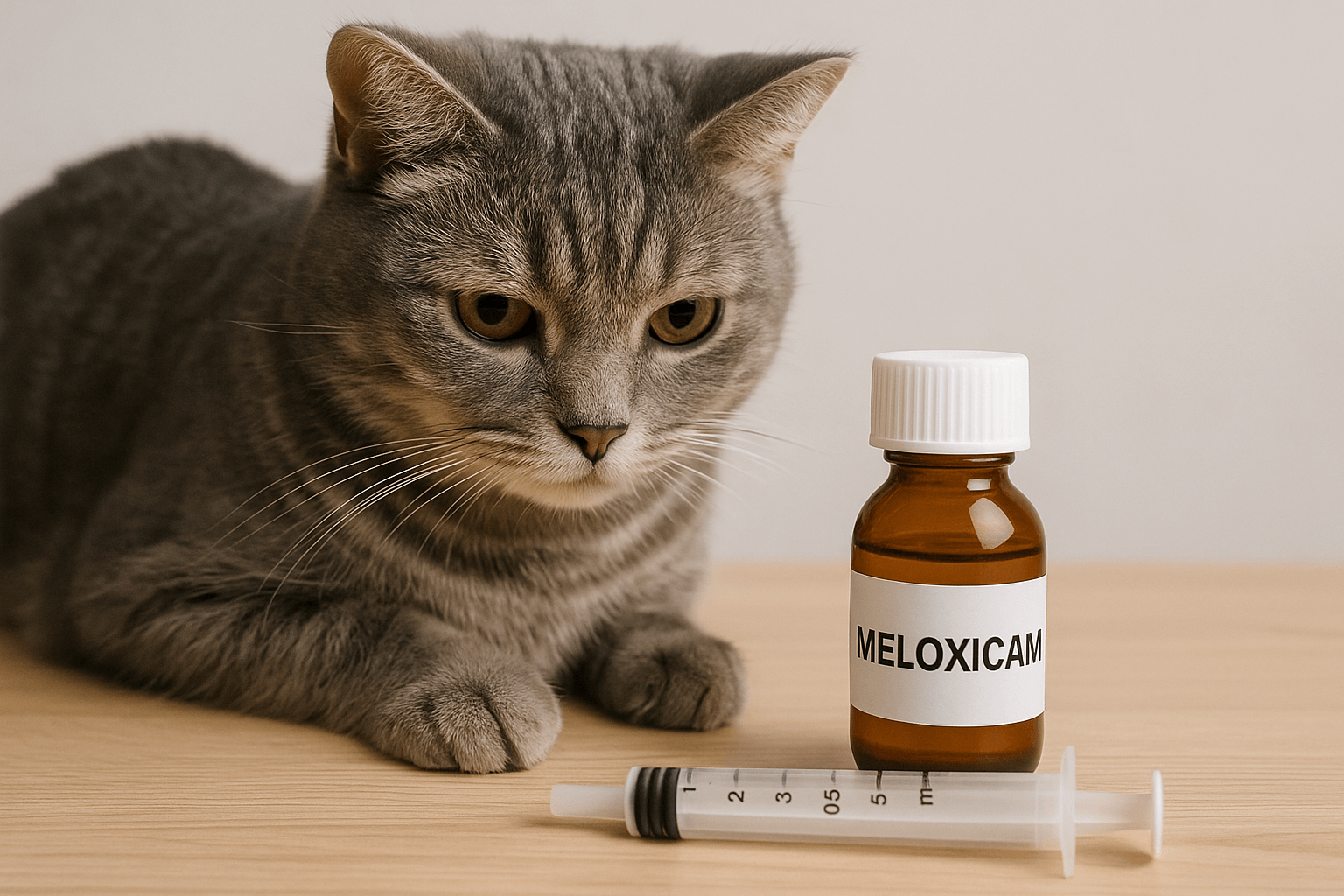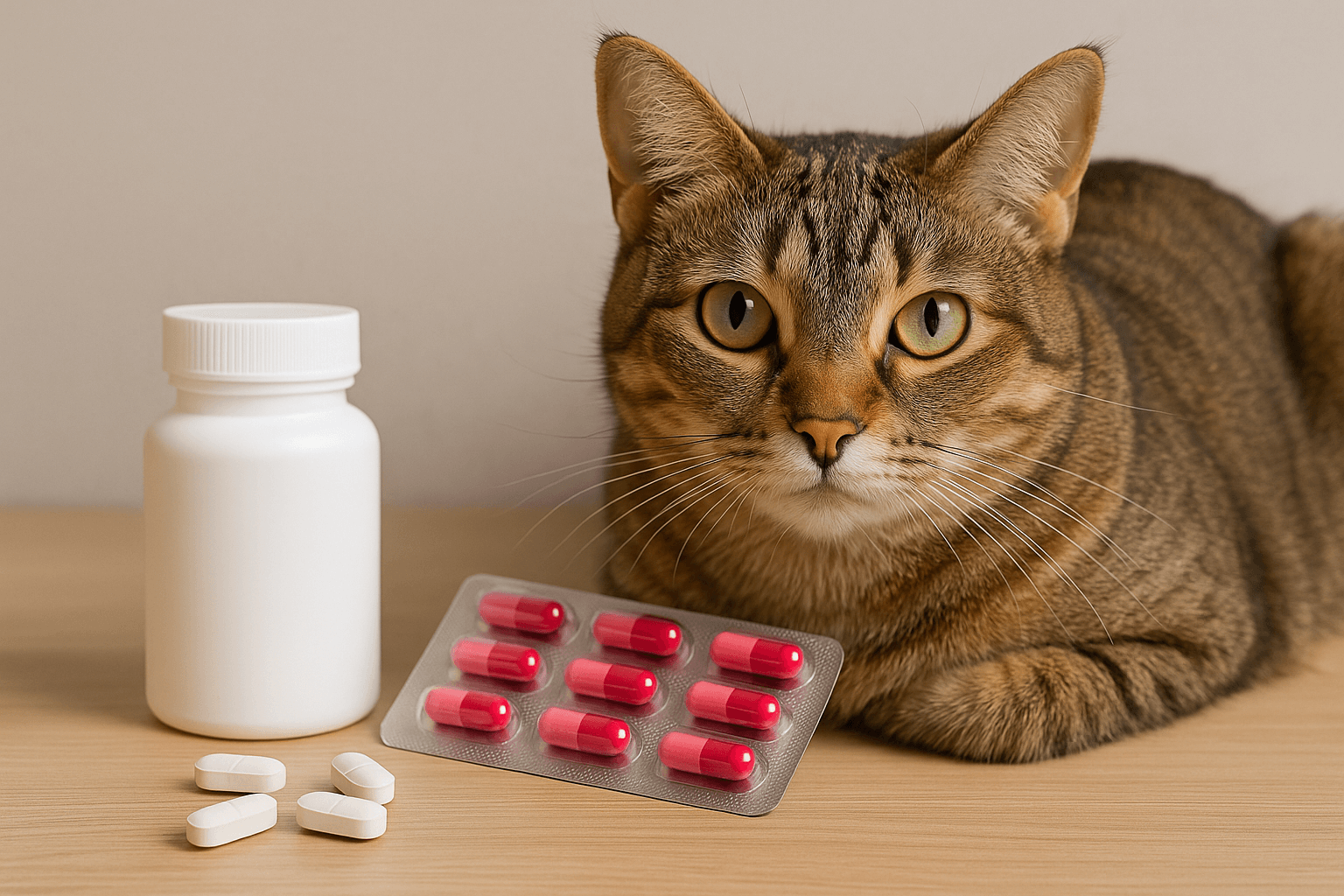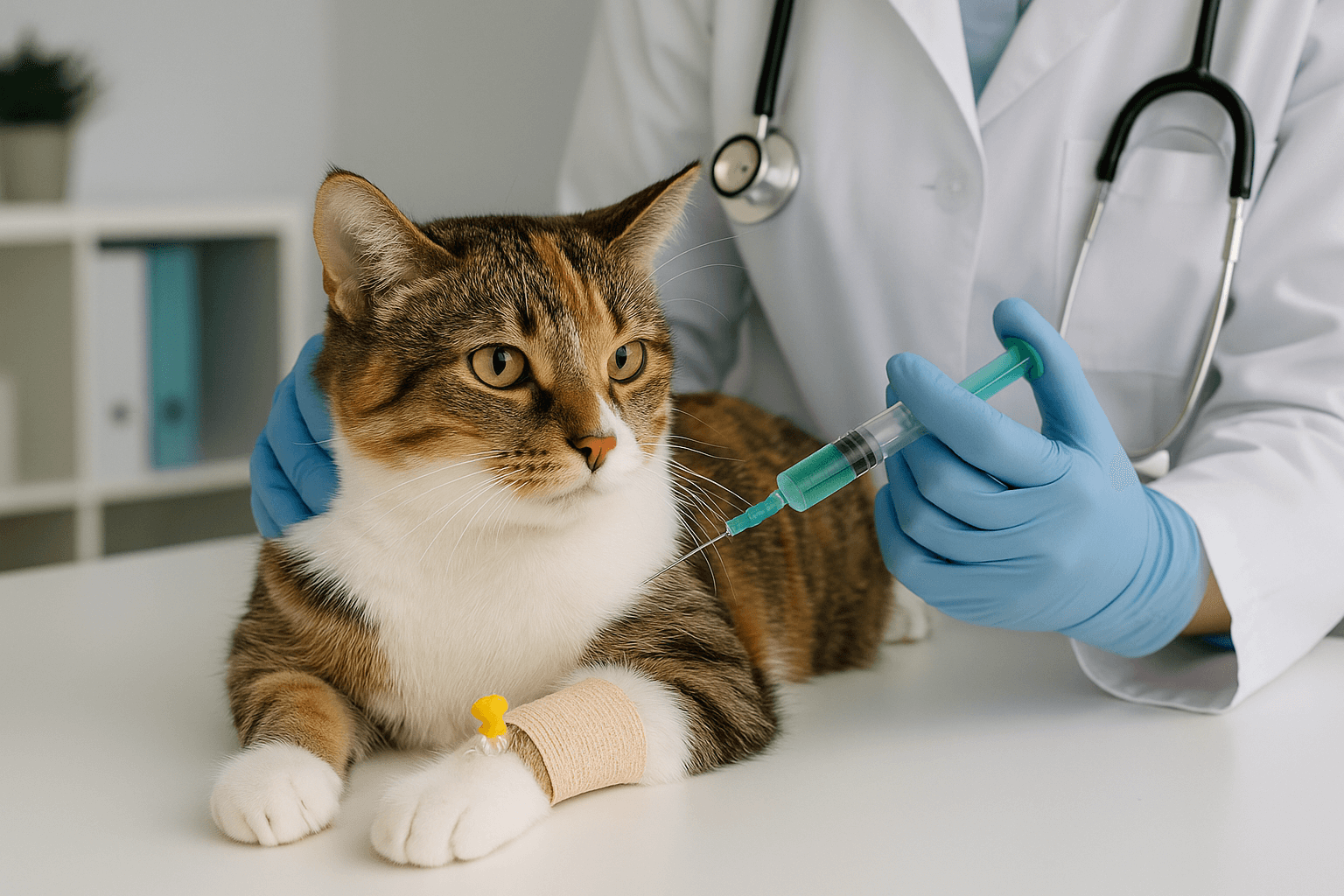Can Cats Eat Beets? A Comprehensive Guide for Cat Owners
When it comes to feeding your feline friend, it’s natural to wonder whether human foods are safe for them. Beets, with their vibrant color and nutritional benefits, often spark curiosity among cat owners. While cats are obligate carnivores, meaning their diet should primarily consist of meat, some vegetables can be introduced in moderation. But what about beets? Are they safe for cats to eat, or could they pose a risk? In this blog post, we’ll explore the potential benefits, risks, and guidelines for feeding beets to your cat. Whether you’re considering adding this root vegetable to your cat’s diet or simply want to ensure their safety, this guide has everything you need to know.
Potential Benefits of Feeding Beets to Cats
While cats don’t require vegetables as a primary food source, small amounts of certain veggies like beets can offer some nutritional advantages. Here’s how beets might benefit your cat when fed responsibly.
Rich in Fiber:
Beets contain dietary fiber, which can aid digestion and help regulate bowel movements in cats.Packed with Vitamins:
They are a good source of vitamins like vitamin C and folate, which support immune function and overall health.Low in Calories:
Beets are low in calories, making them a safe treat option that won’t contribute to weight gain.Hydration Boost:
The high water content in beets can help keep your cat hydrated, especially if they’re reluctant to drink enough water.Antioxidant Properties:
Beets contain antioxidants that may help reduce inflammation and support long-term health.
While these benefits exist, it’s important to remember that beets should only be given in moderation and as part of a balanced diet.
Risks of Feeding Beets to Cats
Although beets have some nutritional value, they also come with potential risks that every cat owner should consider before offering them to their pet.
Digestive Upset:
Too much fiber can lead to diarrhea, gas, or an upset stomach in cats, who have sensitive digestive systems.High Sugar Content:
Beets contain natural sugars, which can be harmful to cats, especially those with diabetes or obesity issues.Choking Hazard:
Large chunks or improperly prepared beets can pose a choking risk, particularly for smaller cats.Allergic Reactions:
Though rare, some cats may develop allergies or sensitivities to new foods like beets.Nutrient Imbalance:
Overfeeding vegetables can disrupt the balance of essential nutrients in a cat’s diet, leading to deficiencies over time.
Understanding these risks ensures you can make informed decisions about whether beets are appropriate for your cat.
Check this guide 👉Can Cats Eat Chrysanthemums? Best 7 Expert Tips!
Check this guide 👉Can Cats Eat Coriander? Best 7 Expert Tips!
Check this guide 👉Can Cats Eat Fennel? Best 7 Expert Tips!
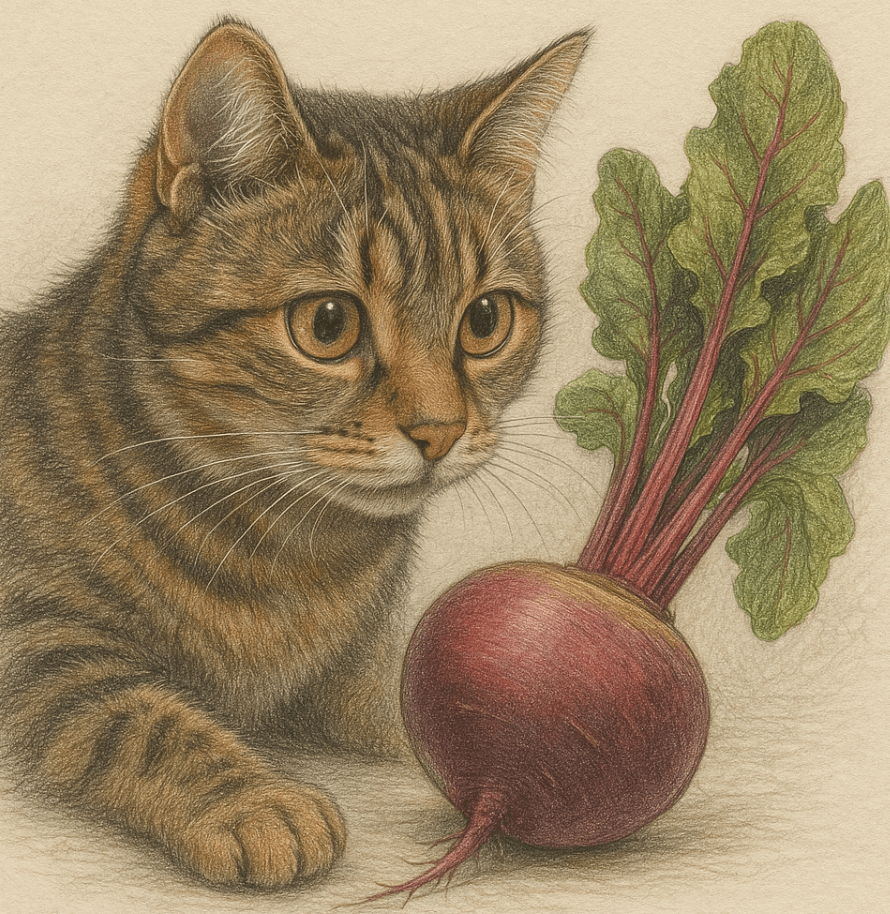
Safe Ways to Feed Beets to Cats | Foods to Avoid Giving Cats |
|---|---|
Steamed or boiled (plain, no seasoning) | Onions, garlic, and chives |
Pureed beetroot in small amounts | Grapes and raisins |
Mixed into wet cat food sparingly | Chocolate |
Raw grated beet as an occasional treat | Alcohol |
Beet greens in tiny portions | Dairy products (most cats are lactose intolerant) |
How to Safely Introduce Beets to Your Cat’s Diet
If you decide to feed your cat beets, it’s crucial to do so safely and gradually. Follow these guidelines to minimize risks and ensure a positive experience.
Start with Small Portions:
Begin by offering a tiny amount—about a teaspoon—to see how your cat reacts before increasing the quantity.Cook the Beets Plain:
Avoid seasoning, oils, or added ingredients like salt, butter, or spices, which can upset your cat’s stomach.Monitor for Reactions:
Watch for signs of digestive distress, such as vomiting, diarrhea, or lethargy, after introducing beets.Choose the Right Form:
Mash or puree cooked beets for easier digestion, or finely grate raw beets if your cat tolerates them.Limit Frequency:
Treat beets as an occasional snack rather than a regular part of their diet to avoid nutrient imbalances.
By following these steps, you can safely incorporate beets into your cat’s meals without compromising their health.
Signs Your Cat May Not Tolerate Beets
Even if beets are generally safe, not all cats will tolerate them well. Recognizing these warning signs can help you act quickly if something goes wrong.
Vomiting or Diarrhea:
These symptoms indicate that your cat’s digestive system is struggling to process the beets.Loss of Appetite:
Refusal to eat or disinterest in food may signal discomfort or illness caused by the new addition.Excessive Licking or Drooling:
This behavior often suggests nausea or irritation in the mouth or throat.Lethargy or Weakness:
A sudden lack of energy could mean your cat is experiencing an adverse reaction to the beets.Swelling or Itching:
Allergic reactions may manifest as skin irritation, swelling, or excessive scratching around the face or paws.
If you notice any of these signs, stop feeding beets immediately and consult your veterinarian.
Common Mistakes to Avoid When Feeding Beets to Cats
To ensure your cat’s safety, avoid these common mistakes when introducing beets into their diet.
Adding Seasonings or Spices:
Ingredients like salt, pepper, or garlic can irritate your cat’s stomach or even be toxic.Overfeeding:
Even healthy foods can harm your cat if given in excess; stick to tiny portions.Ignoring Precautions for Raw Beets:
Raw beets are harder to digest; always grate or cook them before serving.Mixing with Unsafe Foods:
Combining beets with toxic ingredients like onions or dairy can cause serious health issues.Assuming All Cats Will Like Beets:
Some cats simply won’t enjoy the taste or texture, and that’s perfectly okay.
Avoiding these pitfalls ensures a safer and more enjoyable experience for your cat.
Alternatives to Beets for Nutritional Variety
If you’re looking to diversify your cat’s diet beyond beets, there are several cat-safe vegetables and fruits worth exploring.
Pumpkin:
Rich in fiber, pumpkin helps with digestion and can relieve constipation or diarrhea.Carrots:
Cooked carrots provide beta-carotene and vitamins but must be served plain and soft.Zucchini:
Low in calories and easy to digest, zucchini makes a great occasional treat.Blueberries:
Packed with antioxidants, blueberries are a tasty and nutritious snack in moderation.Green Beans:
High in fiber and low in calories, green beans are another excellent option for cats.
These alternatives allow you to experiment while keeping your cat’s diet varied and interesting.
Fun Ways to Incorporate Beets into Your Cat’s Treat Routine
If your cat enjoys beets, here are some creative and safe ways to include them in their diet.
Beet Puree Ice Cubes:
Blend cooked beets with water, freeze in ice cube trays, and serve as a refreshing summer treat.Homemade Cat Treats:
Mix mashed beets with canned tuna or chicken to create homemade snacks full of flavor.Beet Greens Powder:
Dry and grind beet greens into a powder to sprinkle lightly on wet food for added variety.Stuffed Toys:
Hide small pieces of beet inside interactive toys to encourage play and exploration.Smoothie Add-In:
Combine beet puree with plain yogurt (if tolerated) for a creamy, nutrient-rich blend.
These ideas make feeding beets fun and engaging for both you and your furry friend.
Frequently Asked Questions About Cats and Beets
Can kittens eat beets?
Kittens have delicate digestive systems, so it’s best to avoid giving them beets until they’re older and fully grown.
Are beet greens safe for cats?
Yes, in very small amounts, but they should be thoroughly washed and chopped to prevent choking.
What happens if my cat eats too many beets?
Overconsumption can lead to digestive upset, blood sugar spikes, or nutrient imbalances.
Can beets replace meat in my cat’s diet?
No, cats are obligate carnivores and require animal protein to thrive; beets should never replace meat.
Do beets change my cat’s urine color?
Yes, the pigments in beets can temporarily alter urine color, but this is harmless unless accompanied by other symptoms.
Making Informed Choices About Feeding Beets to Your Cat
Feeding beets to your cat can be a safe and nutritious option if done responsibly. While they offer some health benefits, they also carry potential risks that must be carefully managed. By understanding your cat’s unique dietary needs and monitoring their response to new foods, you can ensure their diet remains balanced and healthy. Always prioritize your cat’s well-being and consult your veterinarian before making significant changes to their nutrition. With proper care and attention, you can continue to nurture a happy, thriving feline companion.
Cat Fever Treatment: Best 7 Expert Tips! Discover expert advice on identifying, managing, and treating fever in cats to ensure their quick recovery and well-being.
Understanding Meloxicam for Cats: Best 7 Expert Tips! Learn how to safely administer meloxicam, manage side effects, and ensure your cat's comfort with expert advice on feline pain relief.
Amoxicillin for Cat UTI: Best 7 Expert Tips! Discover safe usage, dosage guidelines, and expert advice on treating feline urinary tract infections effectively with amoxicillin.
Understanding Cat Cancer Treatment: Best 7 Expert Tips! Discover expert advice on managing feline cancer, from early detection to treatment options, ensuring your cat’s health and comfort.

